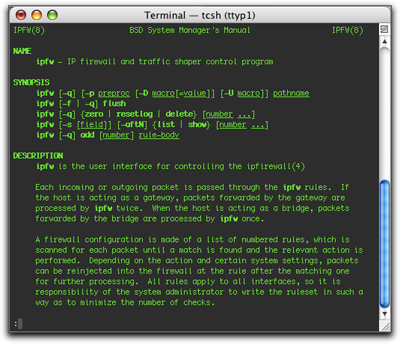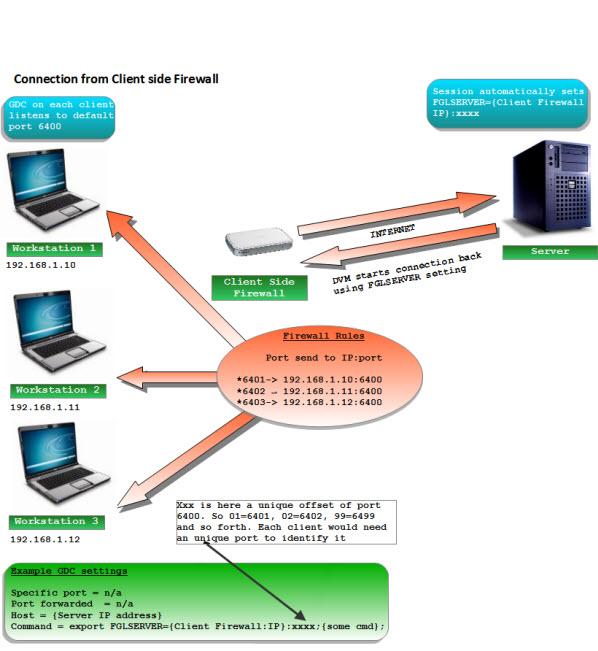

Sudo firewall-cmd -permanent -add-port=8850/tcp Sudo firewall-cmd -permanent -add-port=80/tcp In the example below we use the default ports ( ). Sudo firewall-cmd -set-default-zone=publicĪdd ports for the gateway port and the tabadmincontroller port. If it is not, we recommend changing it to a high-security zone.


Verify that the default zone is a high-security zone, such as public. Make a note of the tabadmincontroller port. Open a bash shell and run the following TSM command to retrieve the port number for the tabadmincontroller port: The examples use Firewalld, which is the default firewall on CentOS.
RETROSPECT CLIENT FIREWALL PORT HOW TO
The examples below describe how to configure the firewall on single and multi-node deployments of Tableau Server running on RHEL/CentOS distributions. Configure the Tableau Server gateway ( Configure Initial Node Settings) to match the port you set here. The procedures below describe how to configure the firewall for the gateway port. If you will be using SSL, then the port must be 443 because Tableau Server does not support other ports for SSL. We recommend that you use SSL for the gateway port. The gateway port is used for HTTP connection to Tableau Server. Additionally, if you are running in a distributed deployment, then you will need to open the port range, 27000-27009, so licensing can communicate across nodes. By default, these are ports respectively. We recommend that you configure the firewall so that only two ports are accessible to external traffic: the gateway port and the tabadmincontroller port. Therefore, you should enable firewalls on the computers that host Tableau Server. In a distributed (multi-node) installation of Tableau Server, communication between nodes does not use secure communication.
RETROSPECT CLIENT FIREWALL PORT WINDOWS
The IANA/RFC specifies ephemeral ports TCP 49152 through 65535 open for WSUS to be able to connect back to the Windows clients from Win 2008 and Vista onwards so you need to create an additional firewall rule open that port range from the WSUS server to the client subnet object.This topic explains how to configure the firewall on the computer running Tableau Server.Ī local firewall should be enabled on the operating system to protect Tableau Server in single and multi-node deployments. WSUS normally uses 3 of these ephemeral ports to connect back to the client computer. This is part of the IANA/RFC specification that was adopted since Windows Server 2008 and Vista.Īdministrators might create a rule that allows clients to connect to the WSUS server on TCP 80, 443, 8530, 8531 but the server is unable to connect back to the client because the firewall product didn't automatically read that information from the initial client to server contact. Normally in TCP/IP traffic when a client connects to a server it also includes in the IP header the reply port that the client listens for the server to connect back to. Most home routers are stateful-inspection type so its easy for admins to forget about this issue.

Some firewalls, especially "enterprise-class" products don't automatically perform stateful-inspection so the server replies never get back to the client and you see time-out errors in the logs (for example c:\windows\windowsupdate.log).


 0 kommentar(er)
0 kommentar(er)
